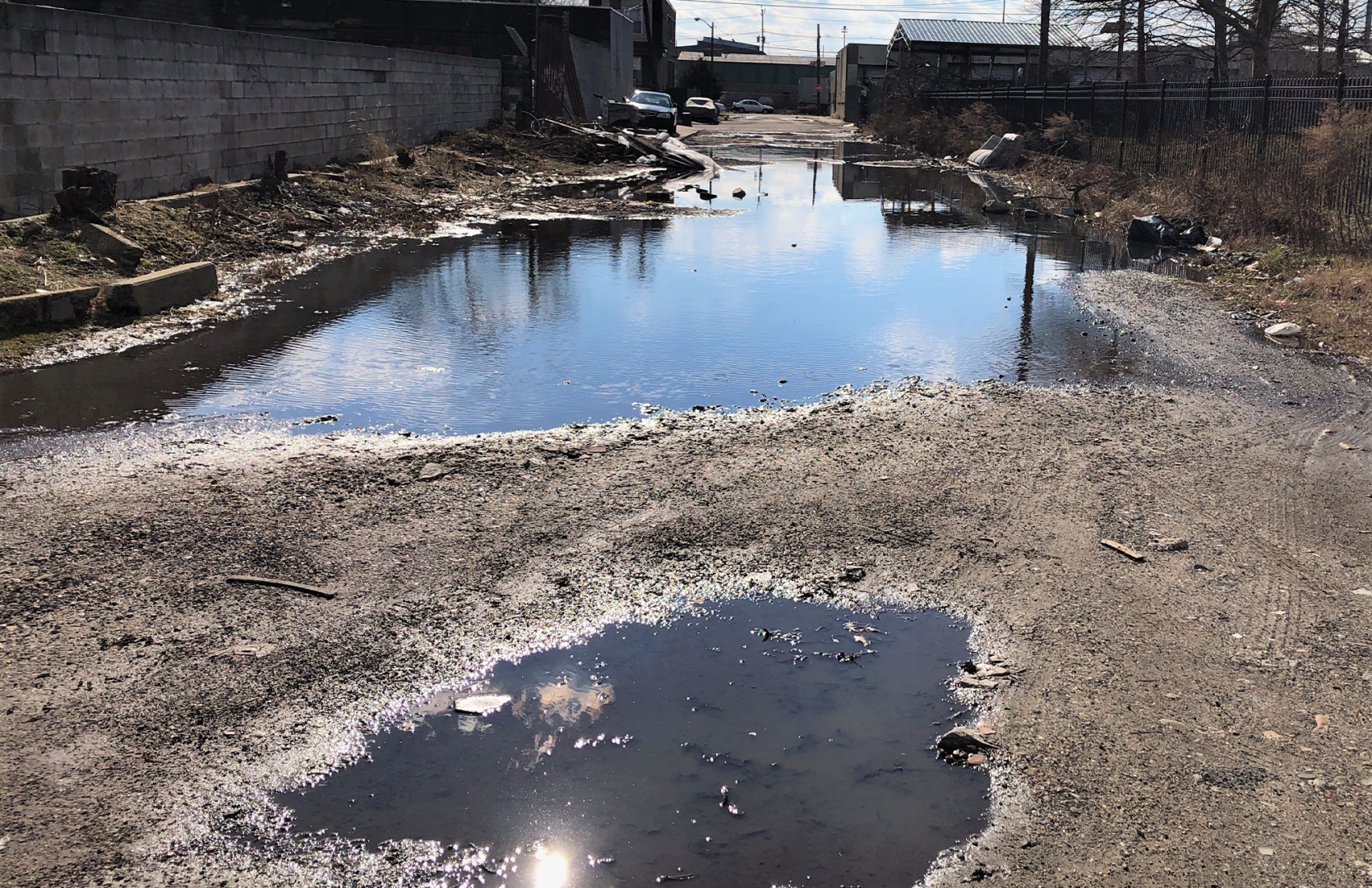Research Project Summary
The stormwater samples will be analyzed for lead and other heavy metal contaminants (mercury, cadmium, arsenic) to identify potential heavy metal exposure to children and community members. Finally, a geographic information system (GIS) based mapping of heavy metal concentrations and locations will be performed to investigate contaminant trends related to land use, socioeconomic, and public health factors.
Research Project Goals
Camden, NJ, has a rich industrial history, which has resulted in many different types of legacy contaminants deposited in soils around the city. Across the Delaware River in Philadelphia, it has been observed that the concentration of the toxic heavy metal lead (Pb) in the blood of children is correlated with the amount of Pb in the soil where the children live, suggesting that the children of Camden are also at risk for Pb poisoning. Alarmingly, Pb impairs the development of the central nervous system in children, leading to reduced cognitive ability and lower IQ. The situation in Camden is further complicated by the city’s combined sewer and stormwater infrastructure, which commonly floods into neighborhoods, parks, rivers, and creeks after moderate to heavy rain events that are increasing in frequency in the region due to climate change. Of particular concern is contaminated stormwater/sewer overflow flooding into the basements of Camden residents and subsequent human exposure. The primary goal of this project is to analyze stormwater samples for lead and other heavy metal contaminants to identify potential heavy metal exposure to children and community members.
Research Project Objectives
- (1) Recruit Camden residents to collect stormwater samples from flooded basements and yards after heavy rain events;
- (2) Analyze stormwater samples for lead and other heavy metal contaminants (mercury, cadmium, arsenic) to identify potential heavy metal exposure to children and community members; and
- (3) Create maps of heavy metal concentrations and investigate contaminant trends related to land use, socioeconomic, and public health factors.
